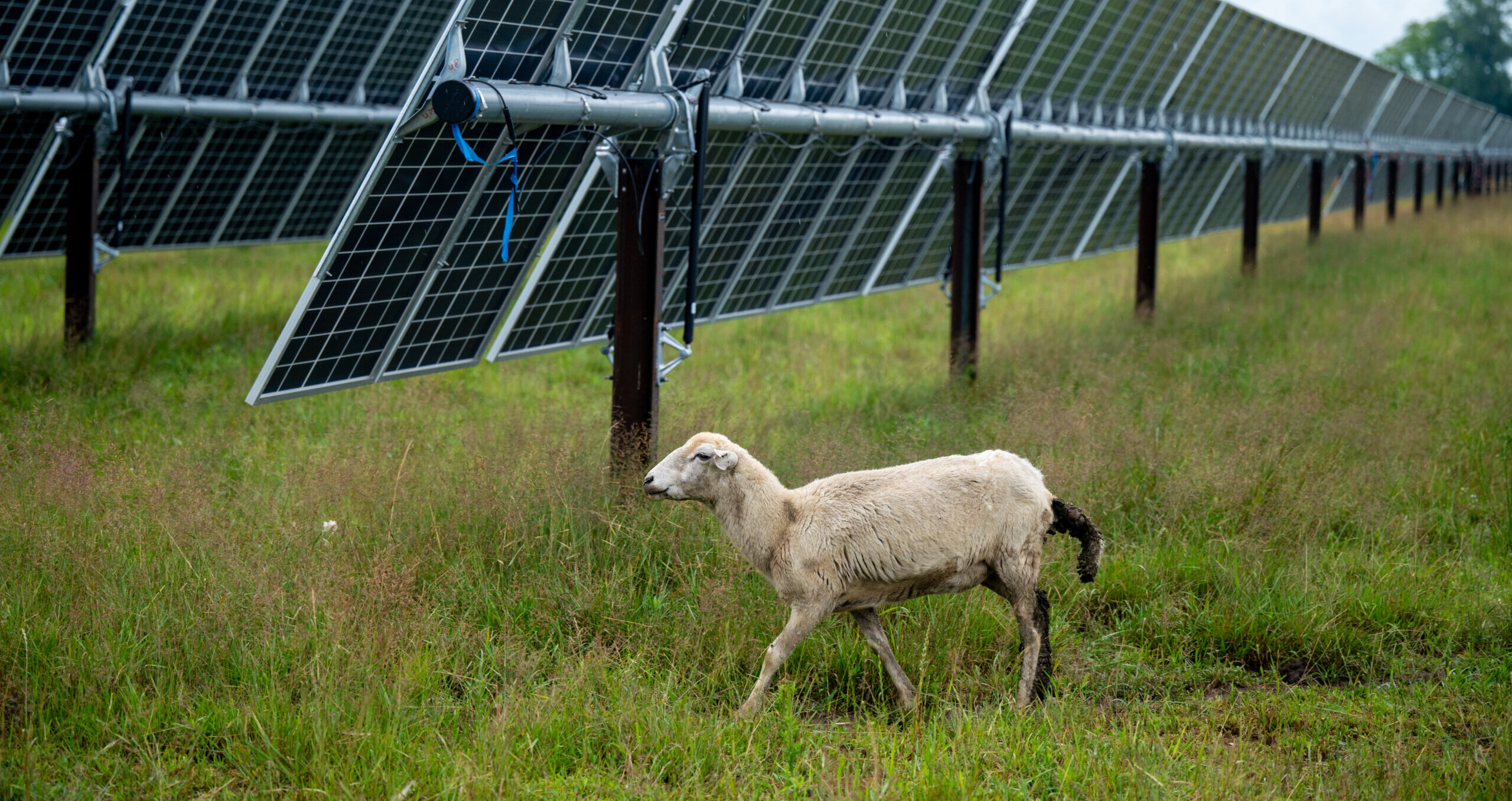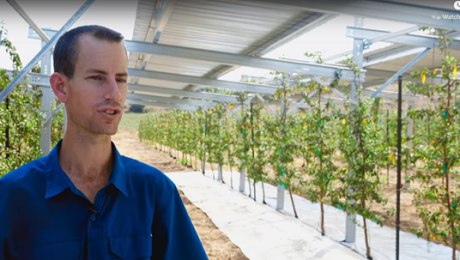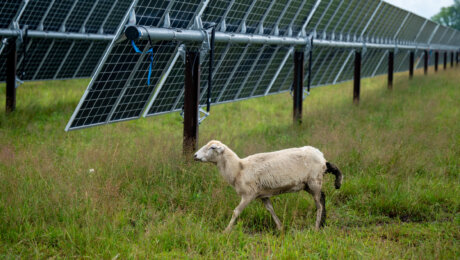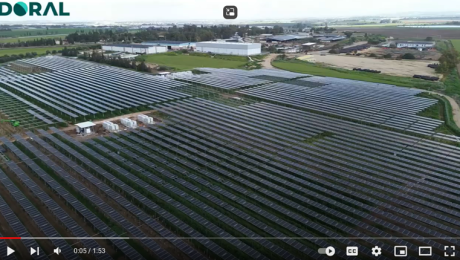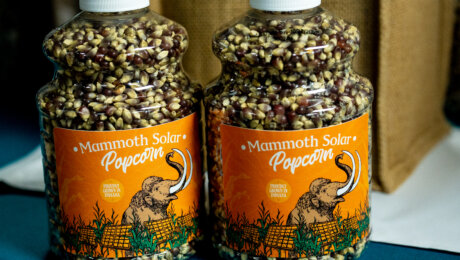Agrivoltaics technology has emerged over the past couple of years and has been praised as the path to the future for solar developers and farmers. Agrivoltaics practices allow farmers to grow crops underneath and in between the solar panels, creating a win-win situation.
Agrivoltaics is the use of land for both agriculture and solar photovoltaic energy generation. It’s also sometimes referred to as agrisolar, dual-use solar, or low-impact solar. Solar grazing is a variation where livestock graze in and around solar panels. This system looks at agriculture and solar energy production as compliments to each other instead of competitors. By allowing working lands to stay working, agrivoltaic systems could help farms diversify income. Other benefits include energy resilience and a reduced carbon footprint.
A symbiotic ‘cooling’ relationship occurs when growing crops, or native grasses and forbs, under solar panels. Together, each helps keep the other cool. While all crops need sunlight to grow, too much can cause some to get stressed, especially cool season plants such as brassicas. Plants growing under the diffused shade of photovoltaic panels are buffered from the day’s most intense rays. Shade reduces air temperature and the amount of water evaporating from soils, a win-win for both plants and farm workers on hot summer days. The plants in turn give off water vapor that helps to naturally cool the photovoltaic panels from below, which can increase panel efficiency.
Our partner in Israel, The Doral Group, has been on the forefront of agrivoltaics research and development. The Doral Group has an extensive partnership with a local university, where innovative agricultural and solar practices come together to grow crops between and underneath the solar panels.
Get in touch with the Vice President of our agrivoltaics team at edbaptista@doral-llc.com
